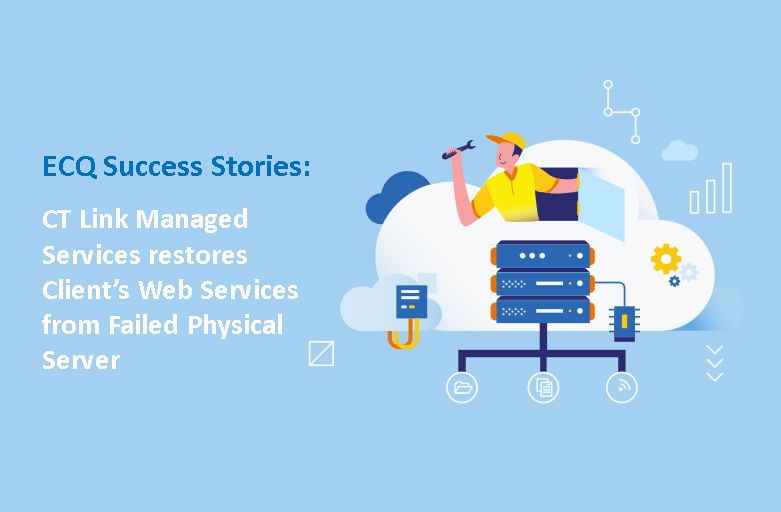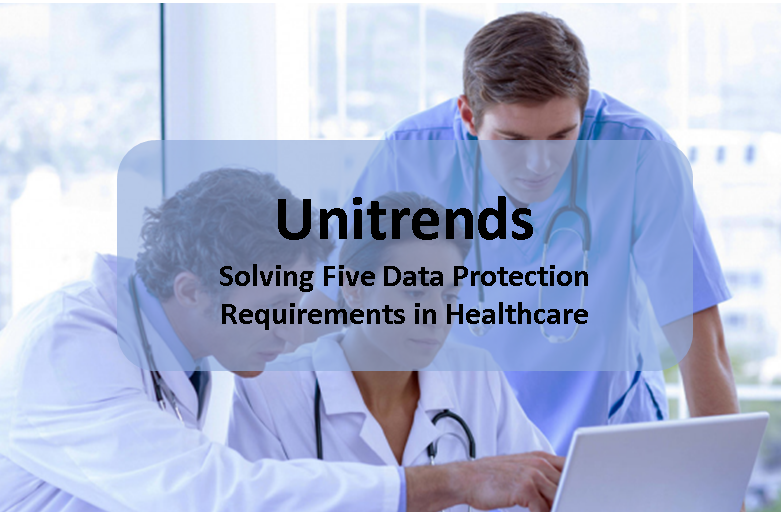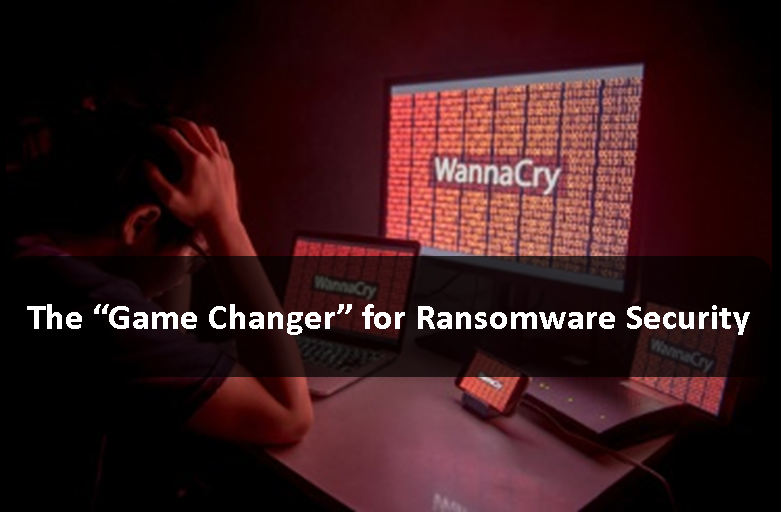Disruption to your business can happen without any notice. This was felt by everyone when the enhanced community quarantine (ECQ) was suddenly implemented last March 2020. Companies were forced to adopt a Work From Home program where servers are expected to be always available even when unattended.
Client Challenge
A couple of days into the ECQ, one of CT Link’s customer’s web server became inaccessible. The server hosts the web portal of the company, which runs on a physical server. They have an appliance deployed on-site to back up some of the customer’s servers which are replicated to a private cloud to serve as a Disaster Recovery (DR) site. However, despite no one is in their Data Center, they must bring the web portal back up running as soon as possible, without anyone going on-site.
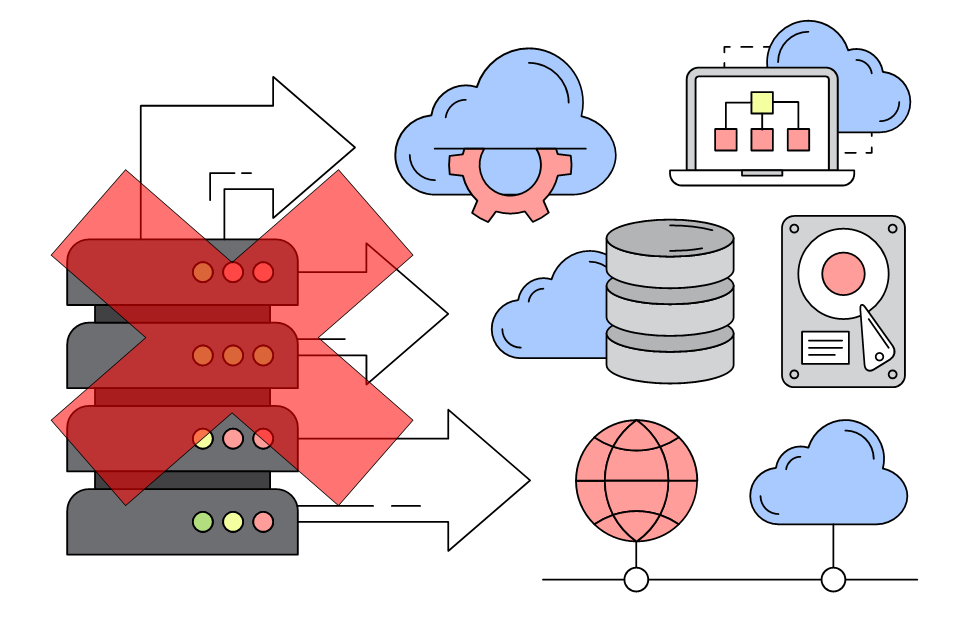
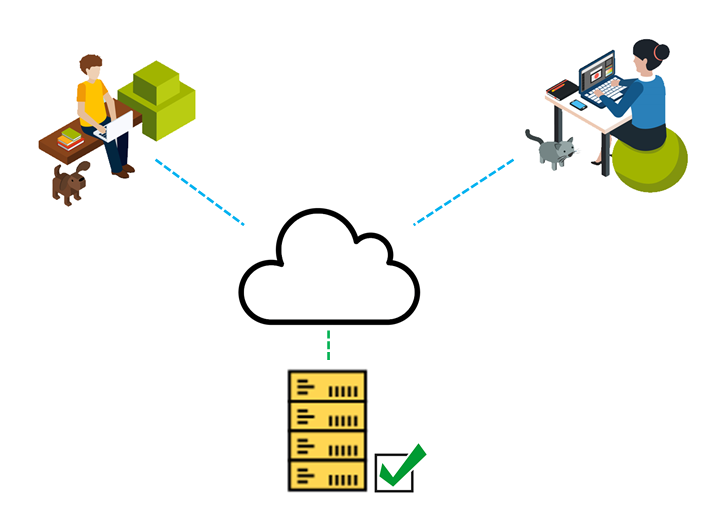
Our Solution: CT Link’s Managed DR as a Service
With a subscription to CT Link’s Managed DR as a Service, a teleworking CT Link Engineer was assigned to the case after the customer contacted CT Link Customer Service. By accessing the BCDR Orchestrator, a working backup from the previous night was identified. However, with the physical server not accessible remotely, how can the back-up be restored to the original server?
CT Link’s Managed DR as a Service used a two-part solution:
Restore Even Before Repairing via Local Virtualization
The on-prem appliance being used for CT Link’s Managed DR as a Service has a capability called local virtualization which allows the appliance to host virtual machines restored from the backups. This feature was used to restore the most recent backup of the web portal into the appliance. This enabled the web portal to be accessible to users once again. The web portal was hosted on the backup appliance for 4 weeks until the systems administrator was able to visit the Data Center.
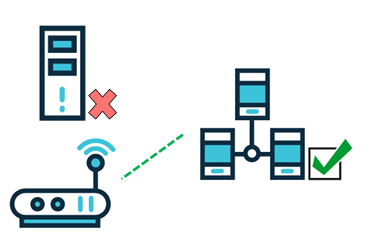
Easily Move Over to a New Physical Server via Bare Metal Restoration (BMR)
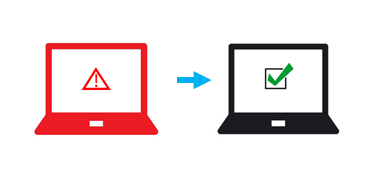
Once the systems administrator was able to replace the physical server, the web portal had to be moved back from the backup appliance into the physical server. Manually reinstalling the operating system, installing the web server software and patching and hardening the server would take a couple of days.
Instead of reinstalling the operating environment, CT Link engineer used the Bare Metal Restoration technique to quickly restore from the backup appliance into the new server. Bare Metal Restoration removes the need to reinstall the OS or applications prior to restoration, making the transition smooth and easy.
Commendation
Customer sent a commendation to the engineer assigned to their case, for having their web portal back up running and accessible in just two hours after contact. Having seen the benefits of CT Link’s Managed DR as a Service, the customer is now considering enrolling more servers into this service.
Keeping BCDR in mind
Business Continuity and Disaster Recovery plans are investments into keeping your operations running. Our client experienced this first hand, having faced two disruptions simultaneously from the ECQ and having their server go down when no one could service it physically. However, they came out of this ordeal with minimal downtime, reaping the benefits of their investments.
If you are interested in learning more about CT Link Managed Services, you may email us at sales@www.ctlink.com.ph / marketing@www.ctlink.com.ph.

